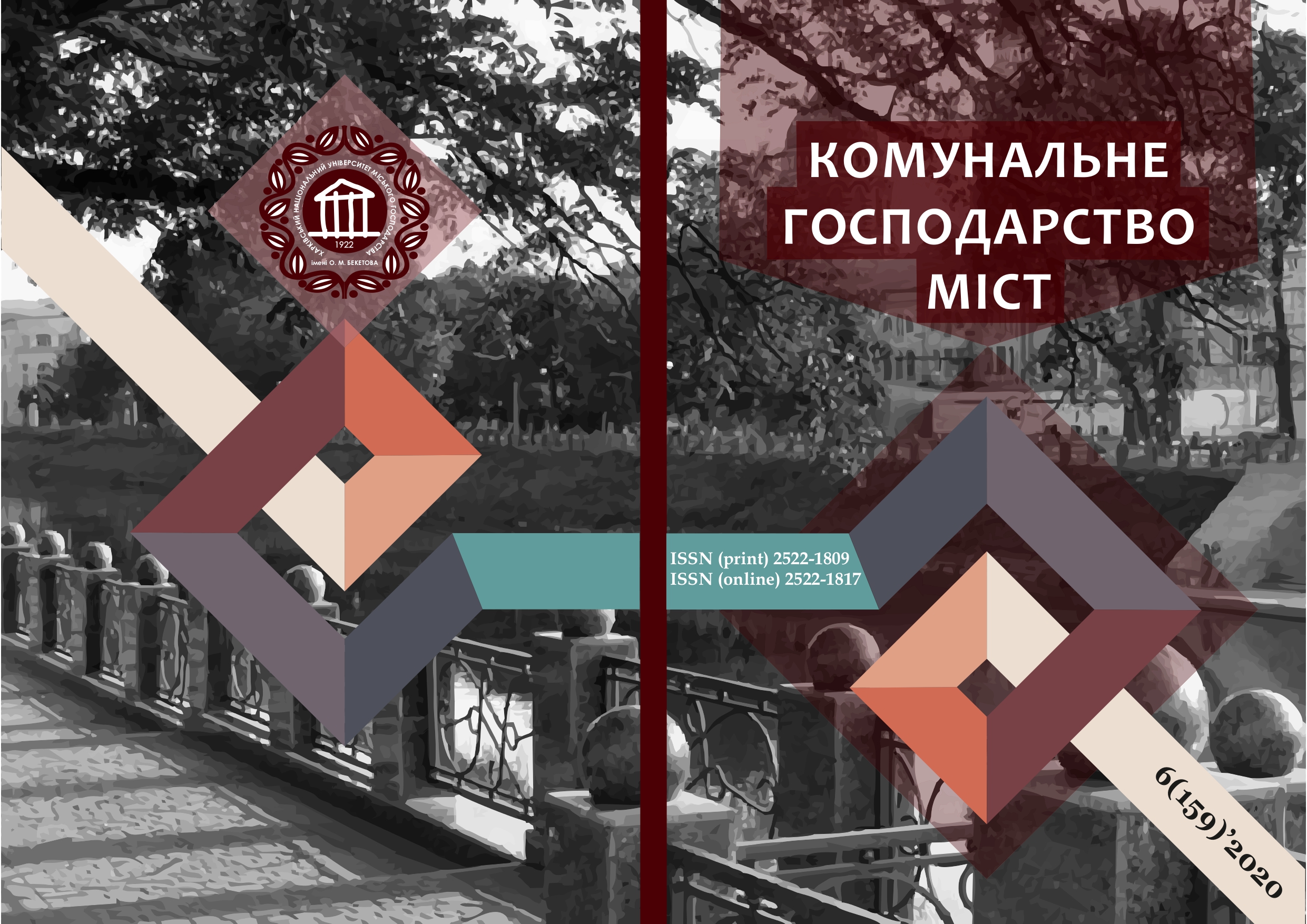PROSPECTS OF DIGITALIZATION IN THE FIELD OF OCCUPATIONAL HEALTH AND SAFETY
Array
Keywords:
digitalization, video surveillance system, electronic employment contract, personal protective equipmentAbstract
The modern world is impossible to imagine without digital technologies that are implemented in all areas of activity, including helping to address occupational safety.
The purpose of this work was to consider the prospects and problems of implementation of information technology in the field of occupational safety, as well as ways to improve the use of digital technologies by health and safety professionals for more effective risk management and safety.
Digitalization (digitalization) in labor protection is a transformation of OSH, which involves the use of digital technologies to optimize management, increase company productivity and improve working conditions and reduce the number of occupational diseases and accidents. The main procedures of digitalization, which are implemented in the field of labor protection, are highlighted.
The main components of successful implementation of digital solutions in occupational safety are highlighted.
The conditions for the introduction of digitalization in the management system of labor protection are formed.
Various innovations, from process automation to the proliferation of field sensors and the transition to predictive analytics, will allow employees and organizations to make significant improvements in health and safety if they are able to take advantage of the opportunities that open up.
In the coming years, there will be a shift from passive monitoring to specific recommendations that will give people software applications. Gadget data collected by gadgets will be used to assess occupational risk and occupational disease insurance. There are already examples of testing these technologies to increase productivity and reduce employee injuries.
The considered technologies do not appear and are not used alone, the interconnected and complex, system approach is usually observed.
Thus, all the tools listed in the introduction of digital technologies in the modernization of occupational safety management contribute to reducing the number of accidents.
References
2. Romanova L.O. Digital technologies in the field of labor protection (2020). Prospects for innovative development of coal regions of Russia: collection of articles. works of 7 international. scientific-practical conf, Prokopyevsk. – 276–280.
3. Chen B., Wan J., Shu L., Li P., Mukherjee M., Yin B. Smart Factory of Industry 4.0: Key (2018). Technologies, Application Case, and Challenges IEEE Access. – 6. – 6505–6518.
4. Tarasov Y.V. Industry 4.0: concept, concepts, trends развития (2018). Business strategies.– №6 (50).– 57–62.
5. An annual overview of the Ukrainian tech investment industry (2020). AVentures DealBook. – Retrieved from: https://tech.liga.net/technology/novosti/ investitsii-v-ukrainskiy-it-v-2019-m-prevysili-500-mln.
6. Kytliain E. Rescue automation: current trends in occupational safety (2019). Control Engineering Russian.– 2019.–№2 (80).– С. 82–84.
7. Guda, V. K., Chablat, D., & Chevallereau, C. (2020). Safety in a human robot interactive: Application to haptic perception. Virtual, Augmented and Mixed Reality. Design and Interaction: 22nd International Conference on Human-Computer Interaction. – 562-581. doi:10.1007/978-3-030-49695-1_38
8. Bi, Z. M., Luo, M., Miao, Z., Zhang, B., Zhang, W. J., & Wang, L. (2020). Safety assurance mechanisms of collaborative robotic systems in manufacturing. Robotics and Computer-Integrated Manufacturing, 67 doi:10.1016/j.rcim.2020.102022.
9. Shvets N. Cherniachenko D. Electronic form of employment contract in the context of labor law reform (2019). Entrepreneurship, economy and law. – №1. – С. 84–89.
10. Stuja. K, Poszvek G., Wolfel W., Markl E. (2018) “Integrated method for design and evaluation of safety and secure manufacturing systems”, Proceedings og the 29th DAAAM International Symposium.– 0157-0163.
11. Papa M., Kaselautzke D., Stuja K., Wolfel W. (2018) “Different safety certifiable concepts for mobile robots in industrial enviroments”, Proceedings og the 29th DAAAM International Symposium. – 0791-0800.
12. Papa M., Kaselautzke D., Radinger T., Stuja K. (2017) “Different safety certifiable concepts for mobile robots in industrial enviroments”, Proceedings og the 28th DAAAM International Symposium.– 0981–0987.
13. Kuts V., Sarkans M., Otto T., Tahemaa T. (2017) “Collaborative work between human and industrial robot in manufacturing by advanced safety monitoring system”, Proceedings og the 28th DAAAM International Symposium.–0996–1001.
14. Zubkova E.V. Samaryna V.P. Improving labor protection management through the introduction of "smart" personal protective equipment (2020). Fundamental research. – №7.– 36–41.
15. Lu S., Xu C., Zhong R.Y., Wang L. A RFID-enabled positioning system in automated guided vehicle for smart factories (2017). Journal of Manufacturing Systems 44.– 179–190.
Downloads
Published
How to Cite
Issue
Section
License
The authors who publish in this collection agree with the following terms:
• The authors reserve the right to authorship of their work and give the magazine the right to first publish this work under the terms of license CC BY-NC-ND 4.0 (with the Designation of Authorship - Non-Commercial - Without Derivatives 4.0 International), which allows others to freely distribute the published work with a mandatory reference to the authors of the original work and the first publication of the work in this magazine.
• Authors have the right to make independent extra-exclusive work agreements in the form in which they were published by this magazine (for example, posting work in an electronic repository of an institution or publishing as part of a monograph), provided that the link to the first publication of the work in this journal is maintained. .
• Journal policy allows and encourages the publication of manuscripts on the Internet (for example, in institutions' repositories or on personal websites), both before the publication of this manuscript and during its editorial work, as it contributes to the emergence of productive scientific discussion and positively affects the efficiency and dynamics of the citation of the published work (see The Effect of Open Access).

